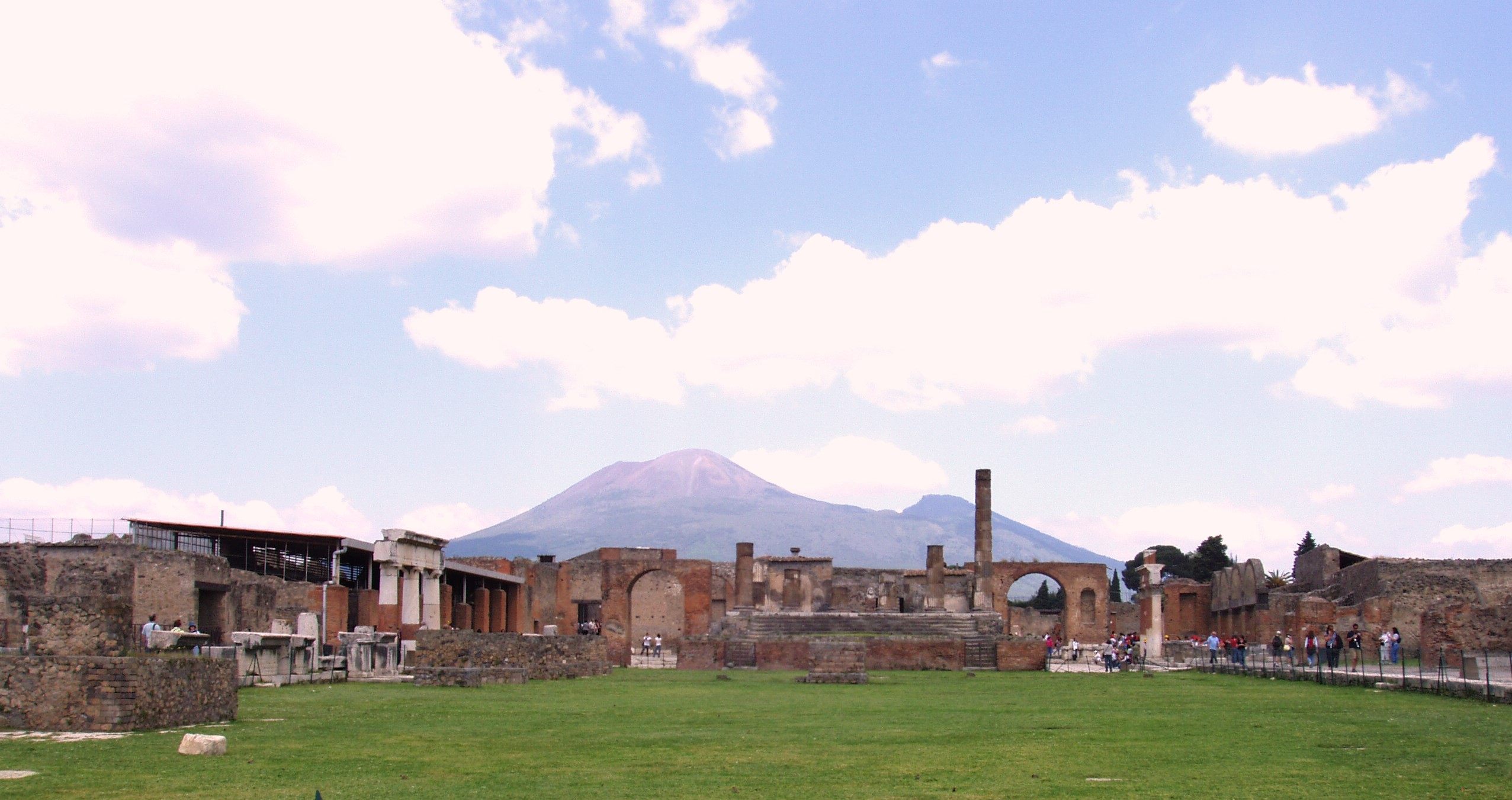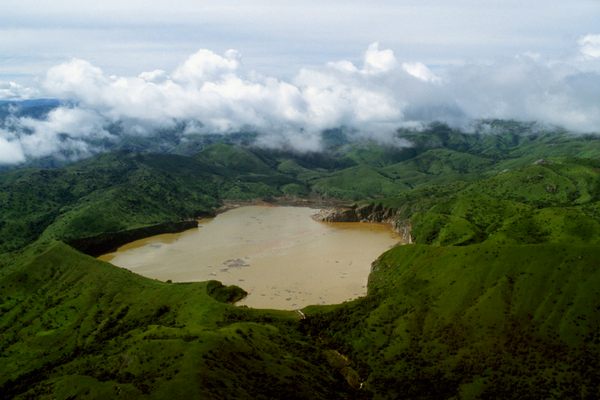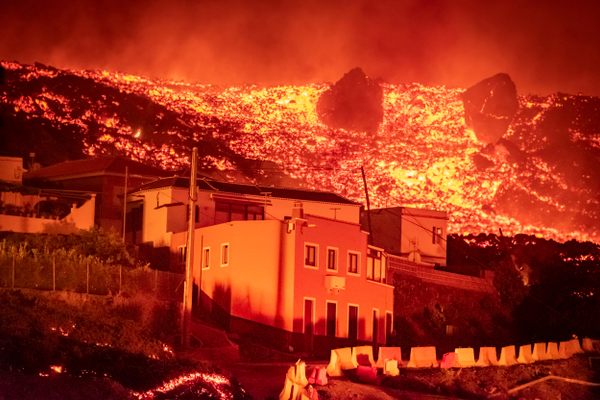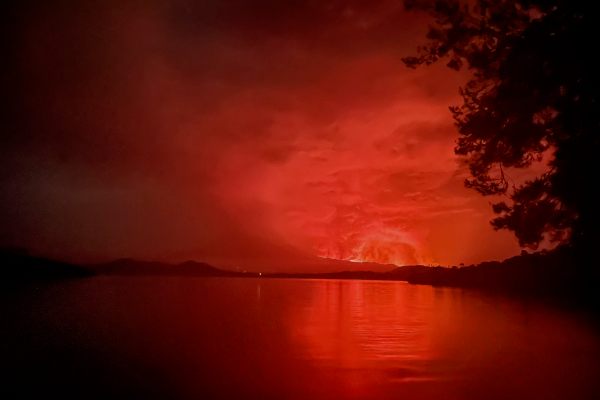When, Exactly, Did Vesuvius Destroy Pompeii?
And does it matter if we had the date a little wrong for thousands of years?

In the year 79, a mighty eruption from Mount Vesuvius snuffed out life in Pompeii. But when, exactly? Was it in the waning days of summer, or the first blush of fall?
For ages, the thought has been that the volcano blew in August of that year, a date drawn from a transcription of a letter penned by the Pliny the Younger a quarter-century after the fact. Pliny wrote that the eruption happened “nonum kal Septembres,” or nine days before the beginning of September. That places the eruption on August 24. Later, some scholars questioned this date, pointing out that the site was littered with ancient autumnal staples, such as walnuts and grapes recently pressed into wine.
Archaeologists working at the site recently came across a scribble that squares with the notion that the devastating ash rained down later than Pliny reported. For this intel, they have a big meal to thank.
On the wall of a house, the archaeologists came across a few lines of charcoal graffiti, reading: “XVI K Nov in[d]ulsit pro masumis esurit[ions].”
The latter portion roughly translates as, “he over-indulged in food,” which is relatable but slightly less relevant than the date. The key is “XVI K Nov,” which indicates the 16th day before the beginning of November (that is, October 17). Since charcoal is quick to smudge or vanish, the team at Parco Archeologico di Pompei estimates that it must have been written no more than a week before the eruption. That would place the disaster somewhere around October 24.

Historical accounts are rife with errors big and small—which, hopefully, are corrected as additional research trickles in and biases are stripped away. Thousands of years later, do a few weeks make a difference? “Many scholars don’t see the two-month difference in dates as terribly important in the two millennia scheme of things, but as a bioarchaeologist, I do,” Kristina Killgrove, an assistant teaching professor at the University of North Carolina, Chapel Hill, wrote in Forbes.
That’s because, when an entire population was wiped out in one fell swoop, the mortality site became a panoramic snapshot of public health. For researchers who study pathogens and disease, Killgrove continued, a couple months can make a big difference between a healthier population and a sicker one. “Since many diseases are seasonal, or at least peak in certain seasons (like the current flu season), a difference of two months—from late summer to early fall—is incredibly important,” Killgrove continued. Thousands of years after the disaster, fresh information could help researchers bring the past into clearer focus.






















Follow us on Twitter to get the latest on the world's hidden wonders.
Like us on Facebook to get the latest on the world's hidden wonders.
Follow us on Twitter Like us on Facebook